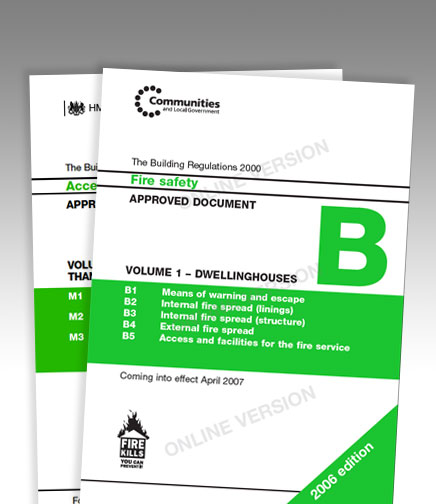Combustible materials amendment to approved document B for buildings over 18m
10th December 2018
The Government has announced amendments to part B of the building regulations which have implications for timber components of buildings in and on external walls of high-rise developments.
The regulations specify that for residential developments above 18m, all materials in or on the external wall must be of European Classification A2-s1, d0 or Class A1, classified in accordance with BS EN 13501-1:2007+A1:2009. This includes external cladding and facade systems above that height, as well as structural timber components within the external wall.
This amendment will take effect from next Friday 21 December 2018 for use in England.
While the above requirements do not apply to any part of a roof, members should be aware of these changes and their potential implications for the timber engineering sector.
The TRA is working alongside other associations in the timber sector to promote the benefits of timber construction, including fire safety performance, to all stakeholders, including Government, as we build our timber future.
The detailed amendments to Approved Document B Volume 2 can be found here.
Below is a statement from the Confederation of Timber Industries (CTI) in response to the ban:
Combustible materials response, implications for timber industry
Last week, the Government announced an amendment to part B of the building regulations which has implications for timber components of buildings in and on external walls.
The regulations specify that for all residential developments above 18m, all materials in or on the external wall must be of European Classification A2-s1, d0 or Class A1, classified in accordance with BS EN 13501-1:2007+A1:2009.
This includes external cladding and facade systems above that height, as well as structural timber components within the external wall.
David Hopkins, CTI Director and Managing Director of the Timber Trade Federation (TTF) said: “While it is disappointing that the Government has taken this approach, it is not that surprising.
“Flame retardant timber cladding remains incredibly popular and the consultation response has confirmed its suitability for all building types below 18 metres. We look forward to helping grow the market for this versatile, environmentally positive material now that clarity has been provided.
“For other structural timber such as cross-laminated timber (CLT), it is clear that architects and designers may now have to look at new design strategies for the external wall build ups in taller buildings. However, CLT has not been banned. It is still a perfectly safe, viable building material for a huge variety of projects. The UK remains a global leader in timber design and construction so this regulation is likely act as a spur to further innovation.
“The move toward timber design and construction is a huge movement and it is unlikely that this change to regulation will halt that. There is still an enormous market for structural timber design and that will continue.
“Globally, the USA is amending its building code to allow buildings up to 18 storeys using engineered timber; Australia has recently announced its latest tallest timber tower; and new buildings from mass timber are being unveiled across Europe on a regular basis.
“Offsite timber construction remains the fastest growing sector for building in the UK, certainly for housebuilding, and will continue to be so due to its practical and environmental advantages.
“We will continue to promote the positive benefits of timber construction, including its fire safety performance, to all stakeholders including Government as we build our timber future.”
Read the “Technical Notice” on Changes to Building Regulations Approved Document B and Approved Document 7 here.